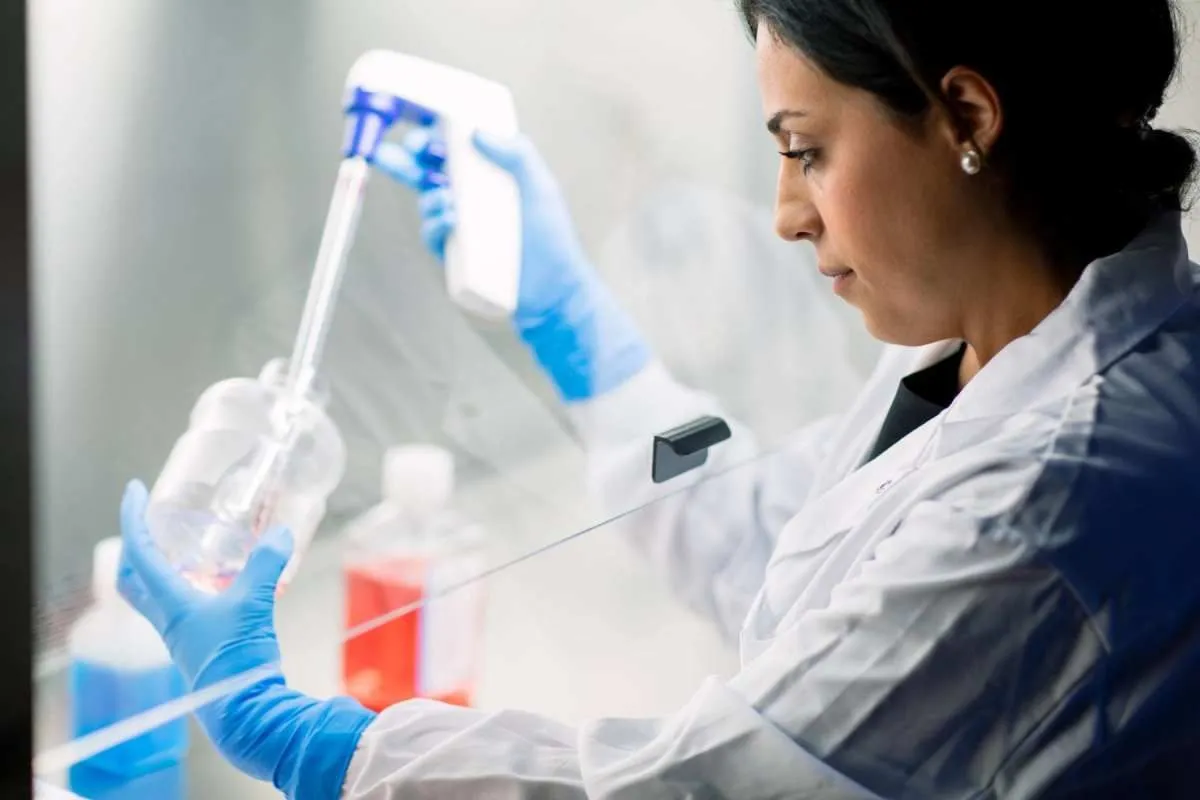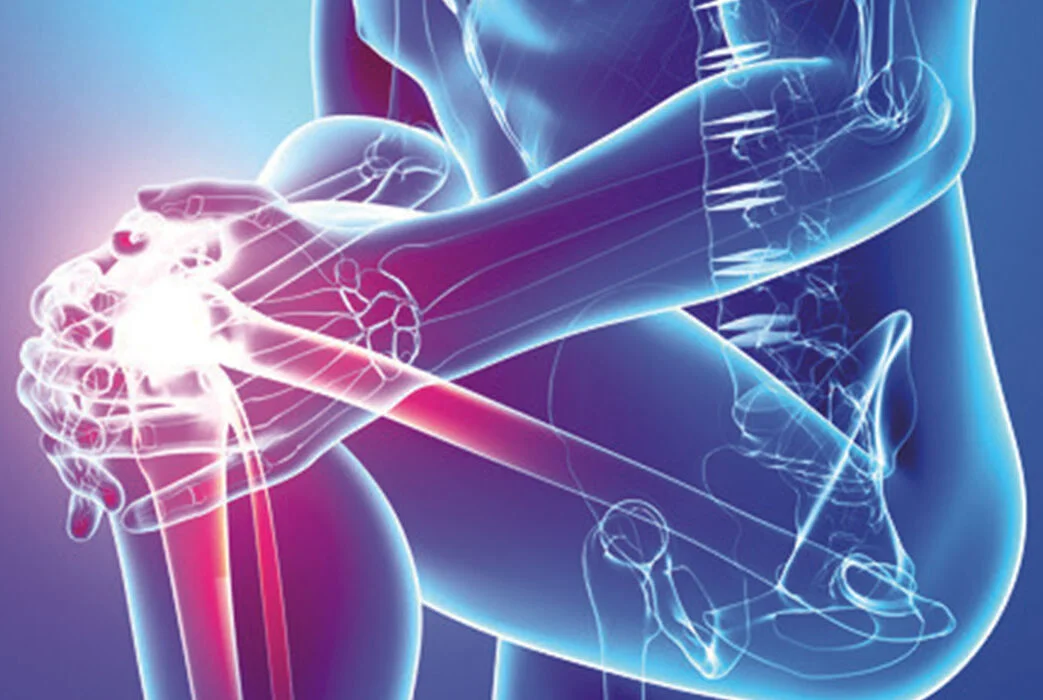What is Regenerative Medicine?
Regenerative medicine is an exciting and cutting-edge field that focuses on harnessing the body’s own natural healing processes to repair, regenerate, and restore damaged tissues. Unlike traditional treatments that manage symptoms, regenerative medicine targets the root cause of pain, promoting true healing from within. This innovative approach uses advanced techniques such as stem cells, platelet-rich plasma (PRP), and growth factors to stimulate tissue repair and reduce inflammation.
How Regenerative Medicine Helps in Pain Management
In pain management, regenerative medicine offers a modern way to treat chronic pain conditions by addressing tissue damage or degeneration. Whether you’re suffering from joint pain, osteoarthritis, tendon injuries, or spinal issues, regenerative therapies can help regenerate damaged tissues, reduce inflammation, and potentially delay or even avoid the need for surgery.
Imagine a future where pain relief doesn’t just mask symptoms but works with your body’s natural healing processes to rebuild stronger, healthier tissues. With regenerative medicine, that future is now.
These therapies are not only cutting-edge but also minimally invasive, offering a more natural alternative to traditional treatments. By integrating these advanced techniques into your pain management plan, you can experience real healing and long-lasting relief.
Regenerative Medicine Techniques:
- Platelet-Rich Plasma (PRP): This treatment uses your own blood, which is processed to concentrate platelets. PRP contains growth factors that help stimulate tissue repair and reduce inflammation in conditions like tendon injuries, arthritis, and more.
- Stem Cell Therapy: Stem cells have the potential to develop into different types of tissues and can help repair damaged areas in joints, tendons, and cartilage. These cells can be derived from your own body, such as from bone marrow or adipose (fat) tissue.
- Prolotherapy: This involves injecting a solution, often dextrose (sugar water), into injured areas to stimulate the body’s natural healing response. It’s commonly used for ligament and tendon injuries.
- Amniotic Membrane and Fluid Injections: Amniotic tissue, often donated from planned cesarean sections, contains growth factors and proteins that can help promote healing in injured tissues. These injections are particularly useful in joint and soft tissue injuries.
- Exosomes: These are small particles released by cells that carry genetic material and proteins, playing a critical role in cell communication. Exosome therapy is an emerging field that aims to harness these particles for tissue repair and regeneration.
- Growth Factor Injections: These injections utilize growth factors, which are proteins that promote tissue regeneration and healing. They can be used in various conditions, including tendonitis and cartilage injuries.
- A2M: binds to and neutralizes harmful enzymes in the joints that contribute to inflammation and tissue degradation.


Conditions Treated with Regenerative Medicine:
- Osteoarthritis: Regenerative therapies like PRP and stem cell therapy can help repair cartilage and reduce joint pain.
- Tendon Injuries: Conditions such as tendinitis or tendinosis in areas like the rotator cuff, Achilles tendon, and elbow can benefit from treatments like PRP and prolotherapy.
- Ligament Injuries: Ligament injuries, such as in the knee (e.g., ACL tears), can be treated with regenerative therapies to promote healing and stability.
- Degenerative Disc Disease: Regenerative medicine can help restore disc health in the spine, reducing chronic back pain.
- Meniscus Tears: PRP or stem cell injections can promote healing of the meniscus in the knee, often preventing the need for surgery.
- Plantar Fasciitis: This painful foot condition can be treated with regenerative therapies to heal the damaged fascia.
- Bursitis: Inflammation of the bursae, often in the shoulder or hip, can be treated with PRP or other regenerative treatments.
- Muscle Strains: Chronic muscle injuries and strains can heal more effectively with regenerative medicine, reducing long-term pain.
- Carpal Tunnel Syndrome: Regenerative injections can help reduce inflammation and promote healing in this common nerve condition.
- Chronic Joint Pain: Beyond osteoarthritis, chronic joint pain from other causes (e.g., rheumatoid arthritis) can also be treated with regenerative options.
